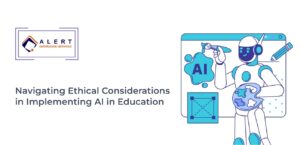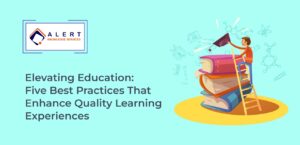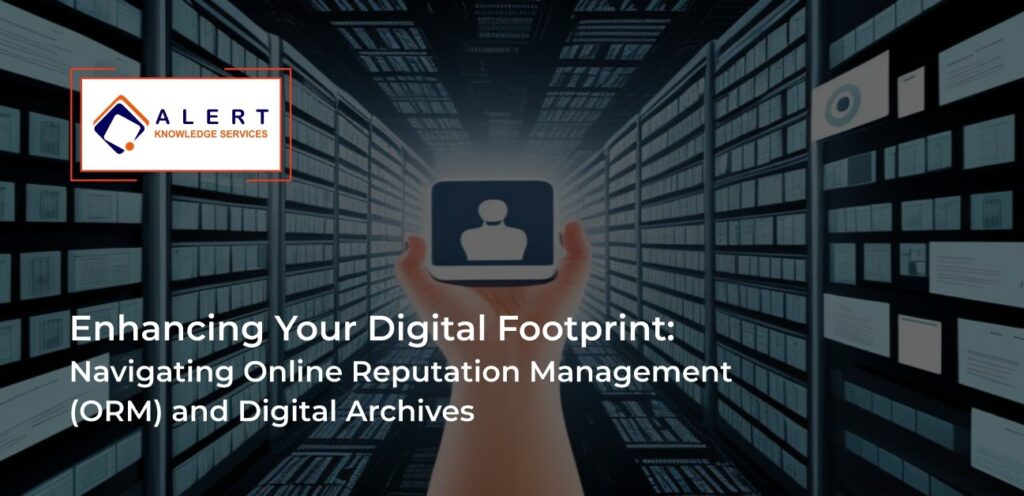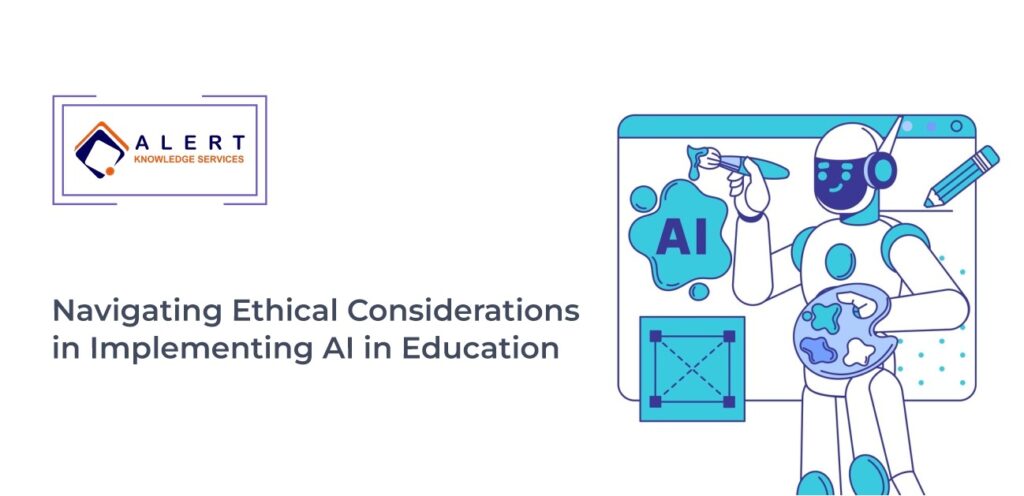Microlearning: An Innovative Way of Engaging & Learning for Students
- 2 Minutes read
- Web Admin

Microlearning is a new way of teaching and learning. It has been gaining popularity in recent years because people are more focused on time management and they want to be efficient with their time, but they don’t want to lose their focus during these fast-paced times either. So, microlearning is the answer to this problem as it gives you less than 15 minutes for learning something but still gives the benefits of long-form content like videos, podcasts, articles etcetera.
What is micro-learning?
Microlearning is a form of learning that involves small chunks of information, delivered in bite-sized pieces. It’s different from traditional e-learning because it focuses on small tasks and can be used for specific purposes. For example, you could use microlearning to help your students practice their multiplication tables or write about the history of their favorite thing,
Microlearning can be used in any type of classroom situation, it works with students who are in school or college. The benefits are numerous when it comes to using this method because they make it easier for students who struggle with certain aspects within a given subject area (e.g., reading) by breaking down large amounts of text into smaller pieces so they can digest them more easily without feeling overwhelmed by all those words at once.
Why should we use microlearning?
Microlearning is a learning strategy that uses short, frequent, and informal sessions to help learners learn more quickly. These small modules are designed to be used in any context, including classroom and online learning programs.
Microlearning is also known as “bite-sized” content because it enables users to take advantage of the best aspects of traditional learning: making sure they get the proper information that is clear to make them understand their lesson or a concept.
How to get started with microlearning in the classroom?
The teacher can help you choose a topic that is relevant to the class and make it interactive. You can create a quiz or an exercise using videos or animations. This will make it easier for students to understand what they need to learn better than just listening to lecture after lecture without any interactivity at all.
Another way of using microlearning strategies in your lessons would be by incorporating gamification strategies into them such as awarding points after completing certain tasks within each lesson (for example, answering questions correctly).
What are some common problems that you might face with microlearning?
The first thing to consider is that it is difficult to create a microlearning course. Creating bite-sized modules for each topic can sometimes frustrate some teachers.
Another problem with microlearning is that it’s not suitable for all types of content. For example, some people prefer a traditional lecture-style format for their lessons because it provides more structure and clarity than what can be achieved through video or audio materials alone.
Importance of Microlearning
With the right technology and training, teachers can use their time more efficiently by creating engaging and interactive lessons that allow students to learn at their own pace. This not only saves time but also allows students to focus on what they need to learn rather than just memorizing facts for a test.
Microlearning is a new way of teaching and learning. It combines the best of online and offline learning, gives you the freedom to do it anywhere, and makes it fun. It uses technology and media to help us learn better in an easy, accessible way. When you combine microlearning with other strategies like gamification, social networks, and more hands-on activities, you can create a powerful classroom experience for your students.
Micro-Learning is an effective way for teachers to address their students’ needs and help them achieve success in their future lives through their specialized skills. It is a way of engaging students in small, bite-sized chunks of information that they can digest and retain.











